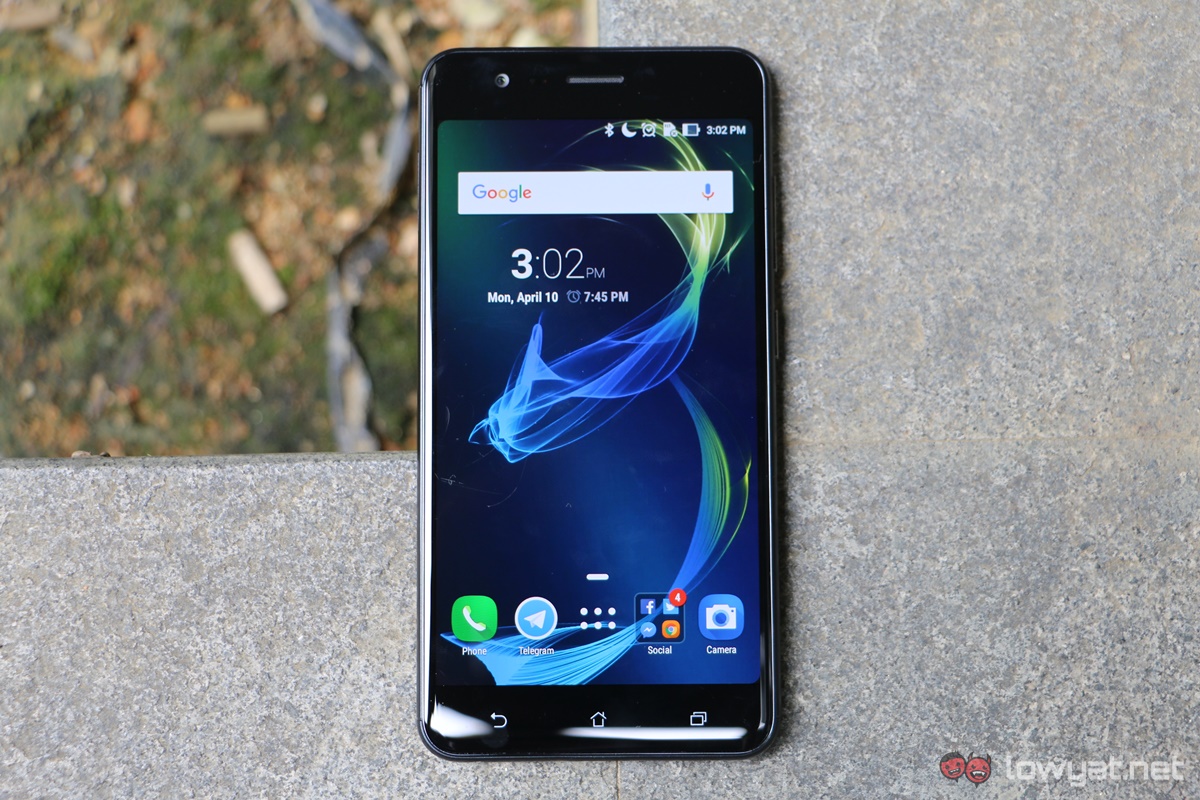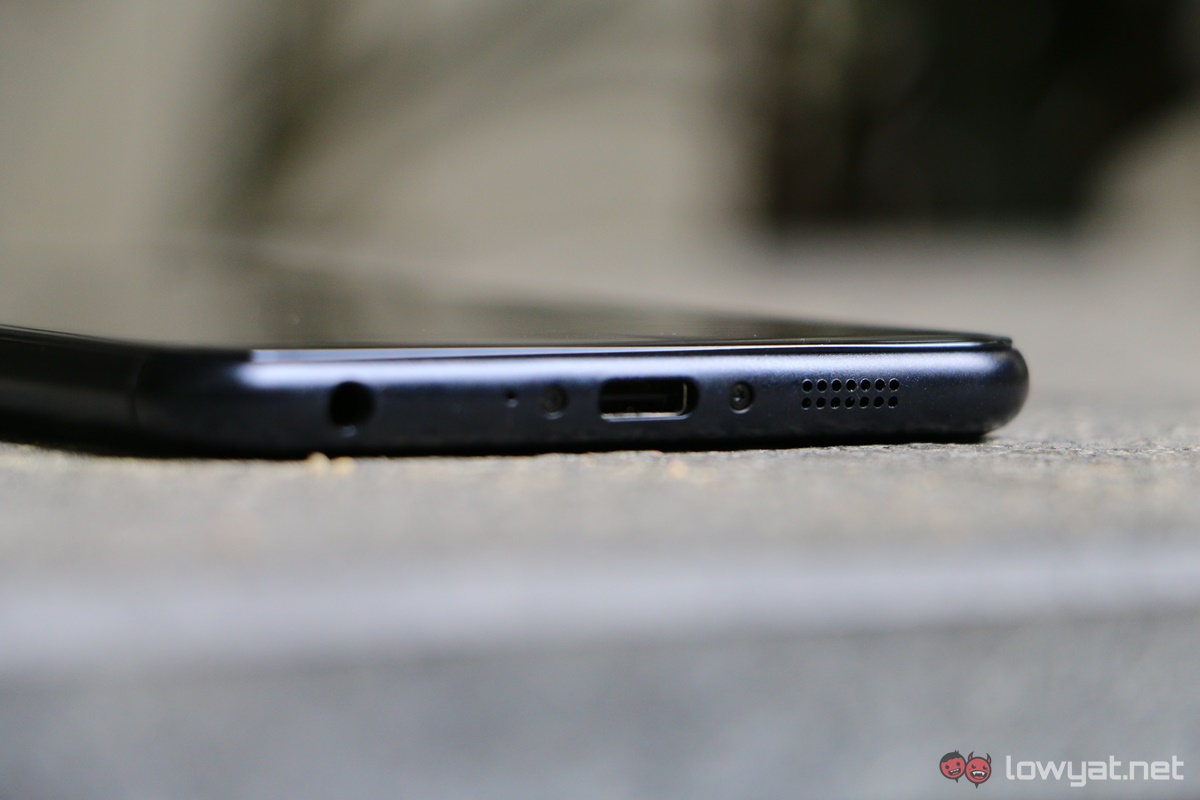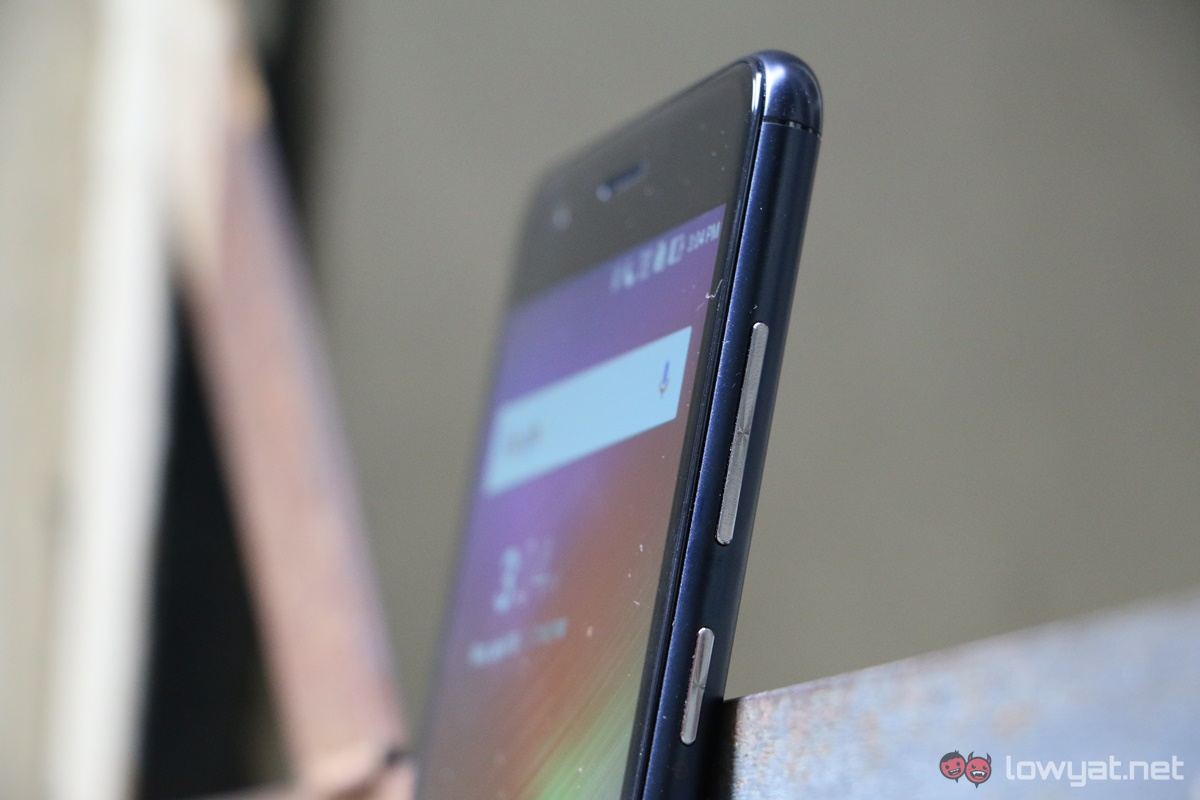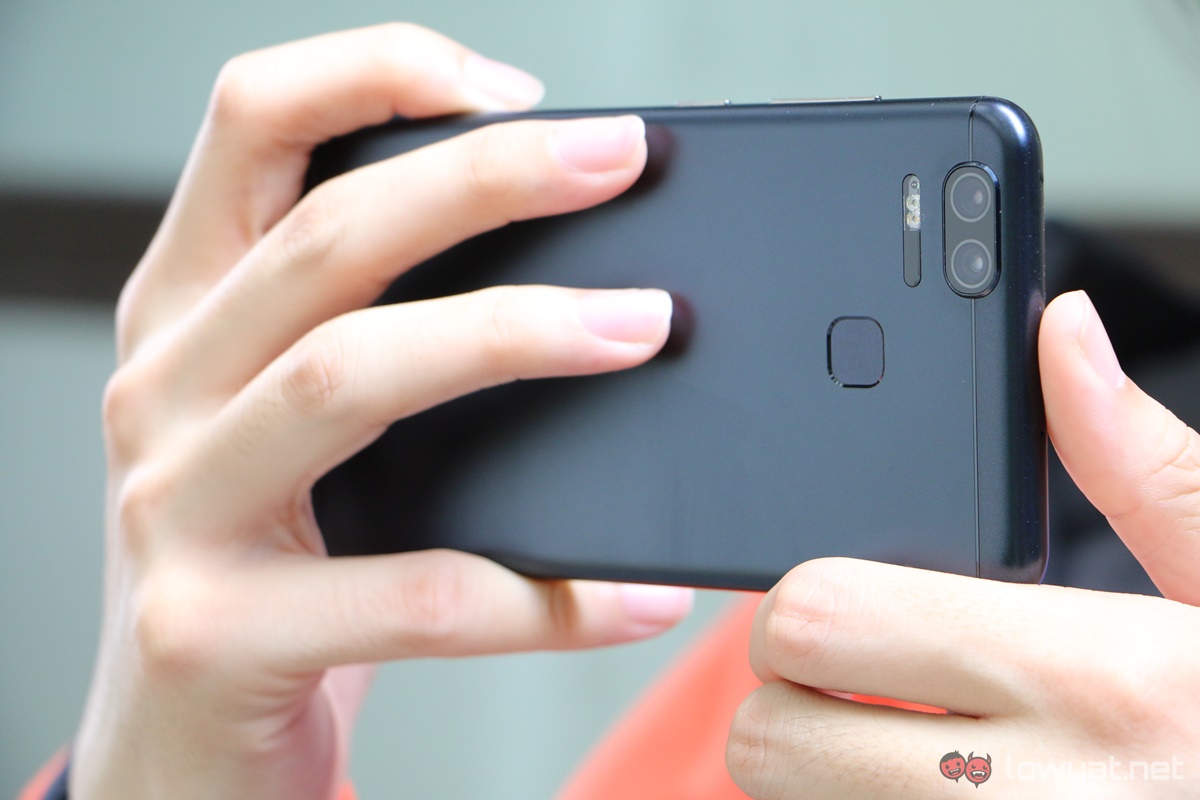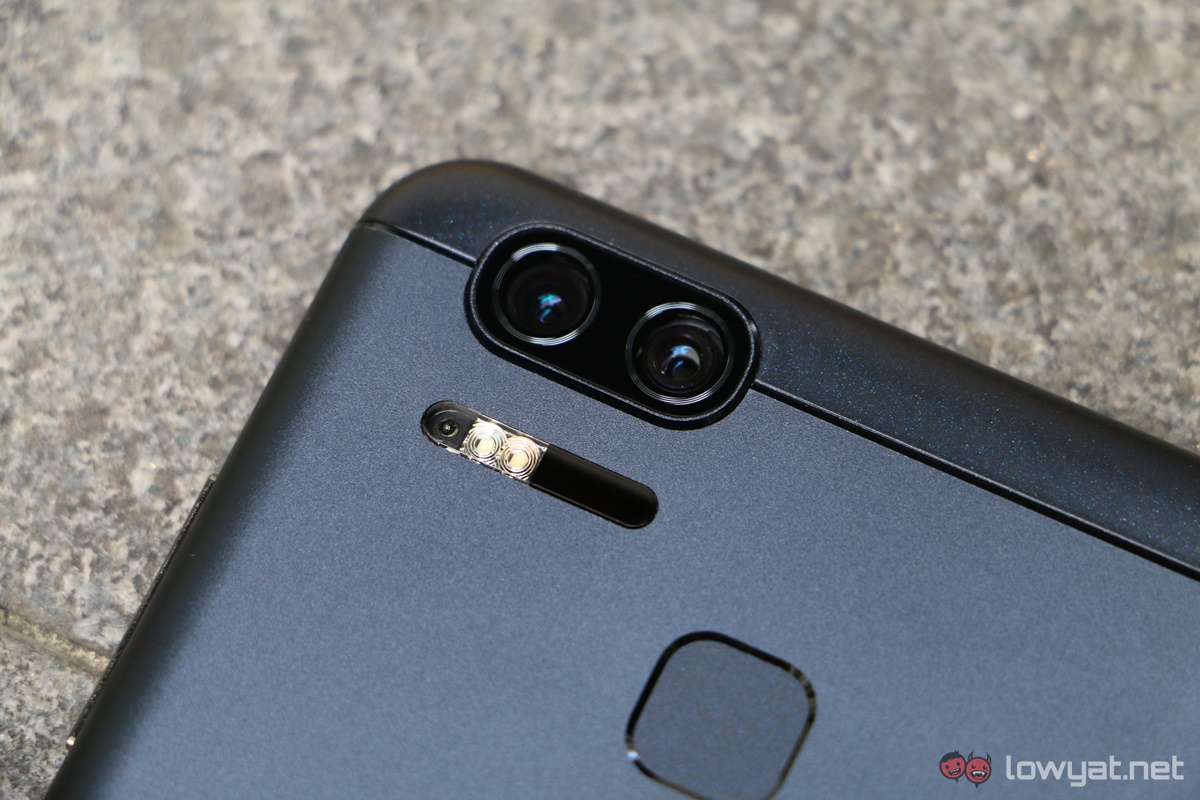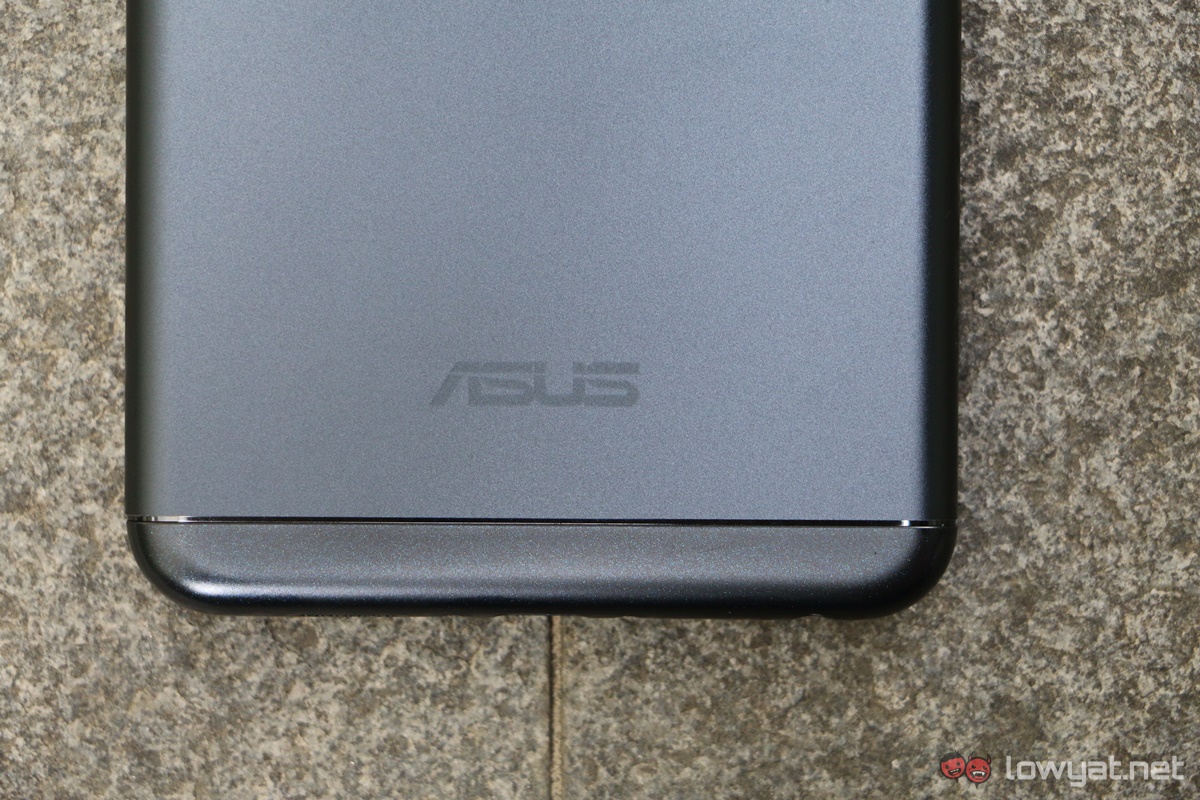As its name suggests, the Asus ZenFone 3 Zoom’s most prominent feature is its dual-camera’s ability to do 12x zoom, and we wanted to see just how good this particular feature is, especially in comparison to the Asus ZenFone Zoom. Nonetheless, aside from the camera aspect of the ZenFone 3 Zoom, this device has several neat features up its sleeves that distinguish itself from the competition, but its price tag is one of its biggest hurdles.
Holding the ZenFone 3 Zoom in my hands, its metal chassis definitely feels nice to the touch. However, the device does feel a little slippery, so thankfully, there’s a casing bundled with the phone. The placement of the ZenFone 3 Zoom’s buttons and fingerprint sensor are also great: it’s effortless to reach them while holding the device normally.
The Asus ZenFone 3 Zoom has a 5.5-inch Full HD AMOLED display that supports 100% NTSC colour gamut, and it looks bright and has very punchy colours; admirable traits of an AMOLED panel. However, despite being protected by Corning’s new Gorilla Glass 5 – I was very careful with it too – I notice there were already a few scratches on the ZenFone 3 Zoom’s display.
Aside from that, the mono speaker on the Asus ZenFone 3 Zoom is loud and produces a decent amount of bass and treble. While I was satisfied with the audio quality of the speaker, I wish Asus went with a stereo speaker setup on this device; the company certainly knows a thing or two about audio quality.
For a phone that’s 7.9mm thick, it’s quite impressive how Asus managed to cram the ZenFone 3 Zoom with a huge 5,000mAh battery. Thanks to the generous battery capacity, I was able to squeeze out about one and a half day’s worth of usage out of the device on a single charge; a feat not many smartphones can accomplish.
When it comes to performance, the ZenFone 3 Zoom’s Qualcomm Snapdragon 625 processor is definitely up to the task. The phone feels very snappy and responsive, and its 4GB RAM and 64GB internal storage are certainly enough for most consumer. However, the ZenFone 3 Zoom does have quite a bit of bloatware, and the software’s UI animations make the phone feel…less snappy than it should be. I couldn’t find a way to disable the UI animations either.
But let’s get to the most interesting aspect of the ZenFone 3 Zoom: its camera performance. Packed with a dual-camera setup made up of a standard 12MP 25mm lens with f/1.7 aperture and a 12MP 59mm “zoom lens” with f/2.0 aperture, the ZenFone 3 Zoom is actually…quite a capable shooter.
Pictures taken with the ZenFone 3 Zoom are definitely clear, but the colours can sometimes be oversaturated, which some users may prefer. If the lighting conditions are right, the ZenFone 3 Zoom can take some great-looking shots in Auto Mode. Images shot in less than ideal lighting are also bright with sufficient amount of details and minimal noise.
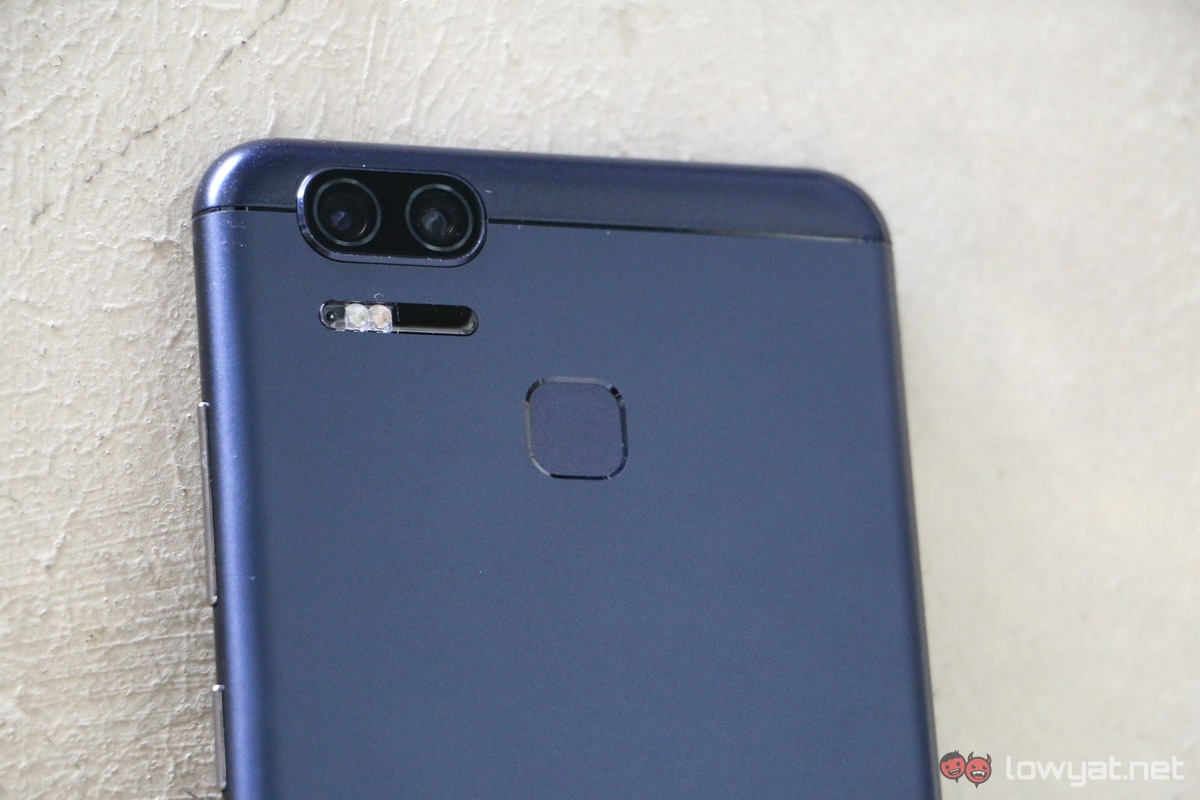
The ZenFone 3 Zoom’s Manual Mode is rather interesting too: I can control every aspect of the camera, including which lens you’re using, the aperture, ISO, and more. The user interface in this mode is fairly easy to understand and use too. I also love the fact that most setting changes are immediately reflected on the camera’s UI. However, there were a few instances where the camera app force closed on me.
As for the rear camera’s 12x zoom capability, the Asus ZenFone 3 Zoom can indeed zoom in quite close to a distant subject, but note that it can only do 2.3x optical zoom: any further and it’s digital zoom. Because of this, zooming above 7x zoom can result in some wonky focusing, not to mention a drop in image quality. However, with the right lighting, I can get some great close-up shots. Take a look for yourself below:
First image is without any zoom, followed by 5x zoom and 12x zoom.


Apart from the zoom features of the ZenFone 3 Zoom, the device also fares pretty well as a point and shoot camera. Just check out these shots below:
The Asus ZenFone 3 Zoom is a respectable mid-range smartphone. Its Snapdragon 625 processor, 4GB RAM, 64GB storage, and a whopping 5,000mAh battery is more than enough for an everyday smartphone. Its dual-camera setup also does a decent job, but we’re not quite certain if all of these are worth the ZenFone 3 Zoom’s RM2,099 price tag.
At that price point, the ZenFone 3 Zoom faces some tough competition. If Asus had included a form of dust and water resistance on the device, it’ll be much easier to consider its steep price tag.
Follow us on Instagram, Facebook, Twitter or Telegram for more updates and breaking news.


